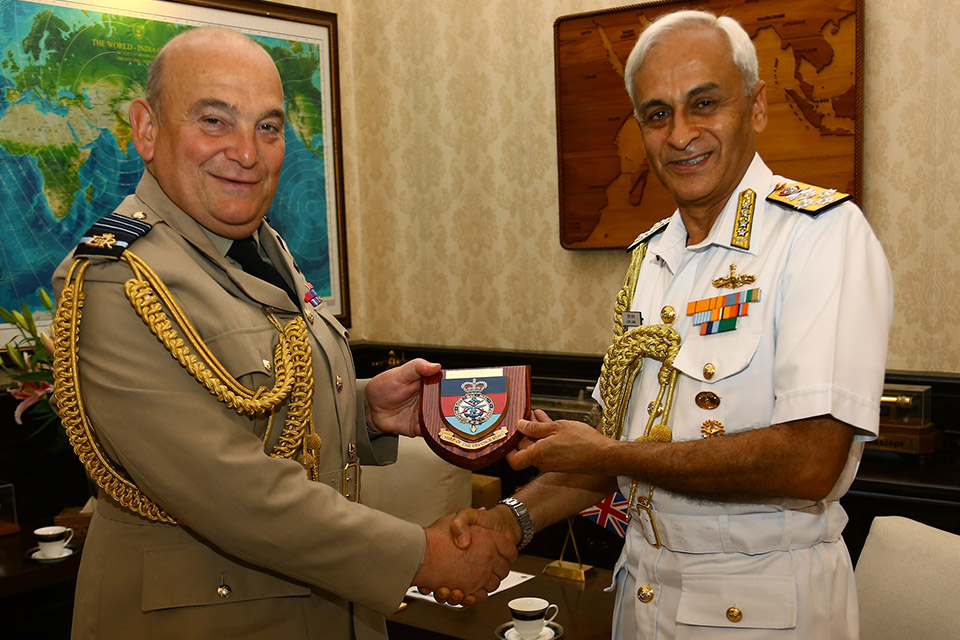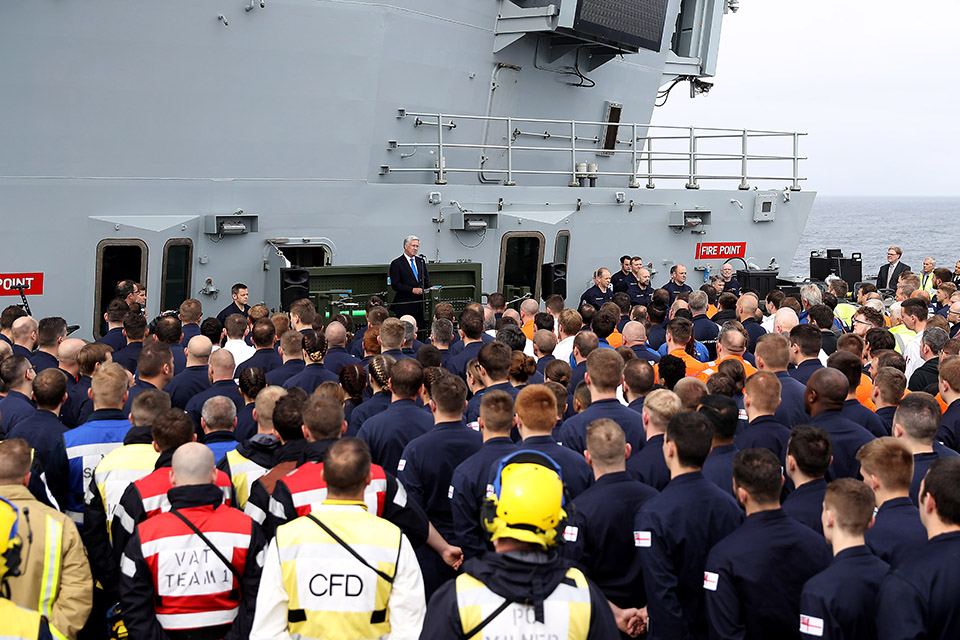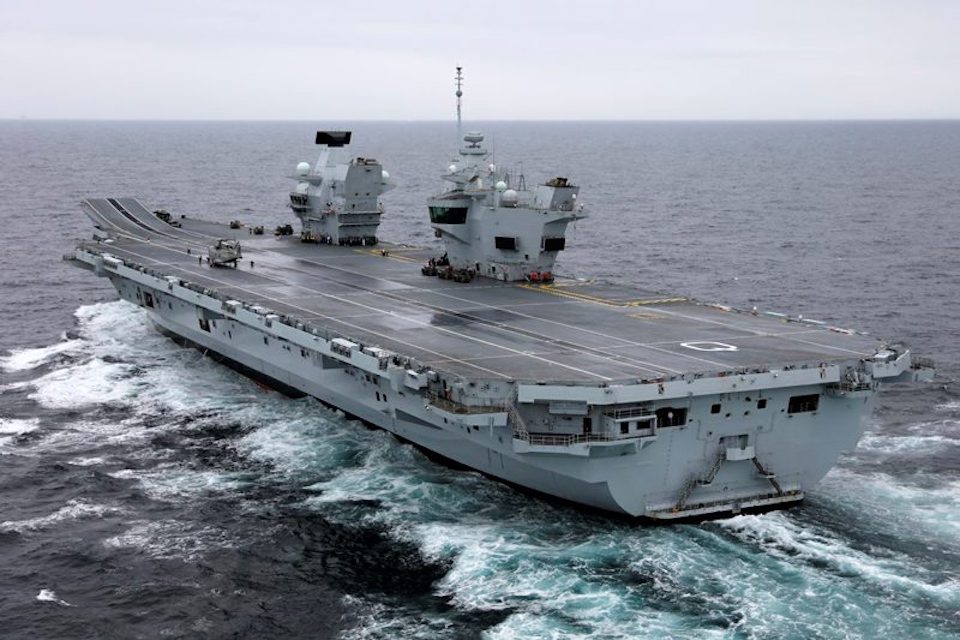News story: Defence Minister announces helicopter work will stay in the UK
Options had been considered to relocate the fabrication work for future AW159 helicopters orders – the export version of the Wildcat helicopters already in service with the British Army and Royal Navy – overseas.
After careful joint analysis with the Ministry of Defence, Leonardo Helicopters in Yeovil has confirmed that it will carry out all future fabrication for the AW159 helicopter in the UK, with much of this work being undertaken at its Somerset facility – an agreement that will sustain 40 highly skilled jobs across the UK-based supply chain.
Wildcat is a highly versatile aircraft, capable of a wide a range of tasks over land and sea. The Royal Navy’s maritime Wildcat forms the core of the UK’s Frigate and Destroyer aviation capability and performs tasks including Anti-Surface and Submarine Warfare, force protection, transport and the vital information, surveillance, target acquisition, and reconnaissance (ISTAR) role. Similarly, the Army variant performs reconnaissance, command and control, force protection, and transport roles in a wide variety of environments.
Minister for Defence Procurement Harriett Baldwin said:
I am delighted that a solution for UK-based fabrication for the AW159 helicopter has been identified between the MOD and Leonardo Helicopters. An agreement that secures Yeovil as the home of AW159 and Wildcat production and maintenance in the UK.
This work has not only helped sustain 40 of highly skilled jobs within the UK, but will act as a positive boost for the company and, through improved cost-effectiveness, their export customers. I would also like to pay tribute to Marcus Fysh MP, who has worked tirelessly to secure this great result.
Over a decade ago the MOD bought, as part of the 2006 Wildcat (then Future Lynx) demonstration and manufacturing contract, a number of specialised jigs and tooling for the fabrication of the AW159 Wildcat Helicopters. These essential parts are used to ensure airframe alignment, mould, patterns and manufacturing tools and gauges. These will now be used by Leonardo to carry out the fabrication work in the UK.
The MOD’s continuing commitment to the Wildcat was also highlighted earlier this year, when a £271 million five year deal was signed to deliver a range of support and training services for the UK’s entire fleet of 62 AW159 Wildcat helicopters, securing 500 jobs at Leonardo’s facilities in Yeovil and Royal Naval Air Station Yeovilton.





